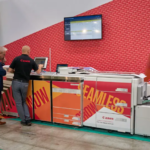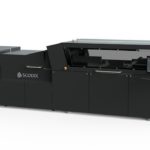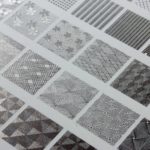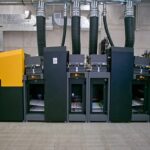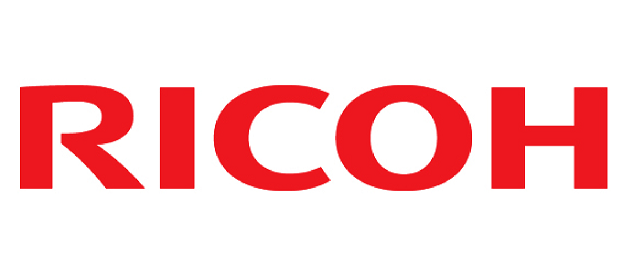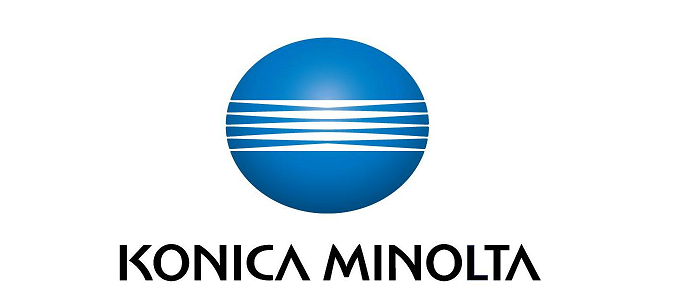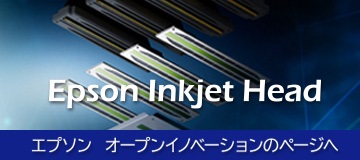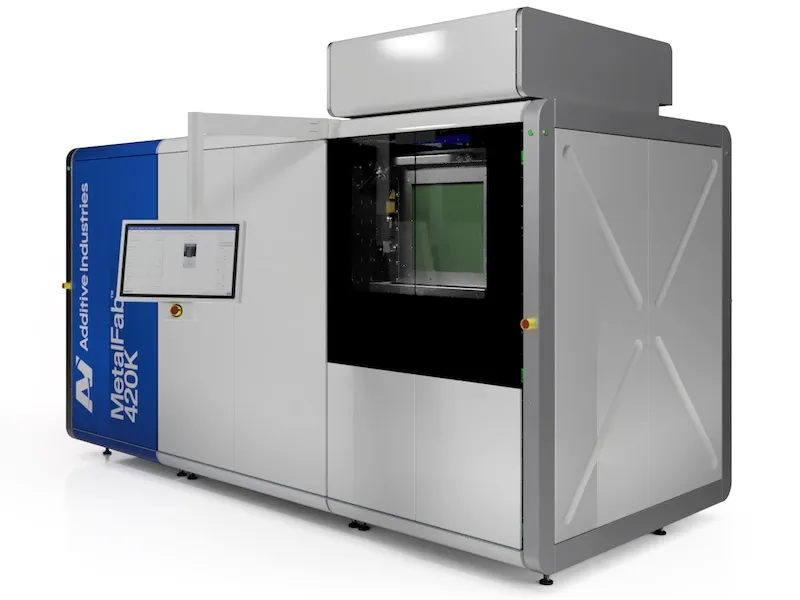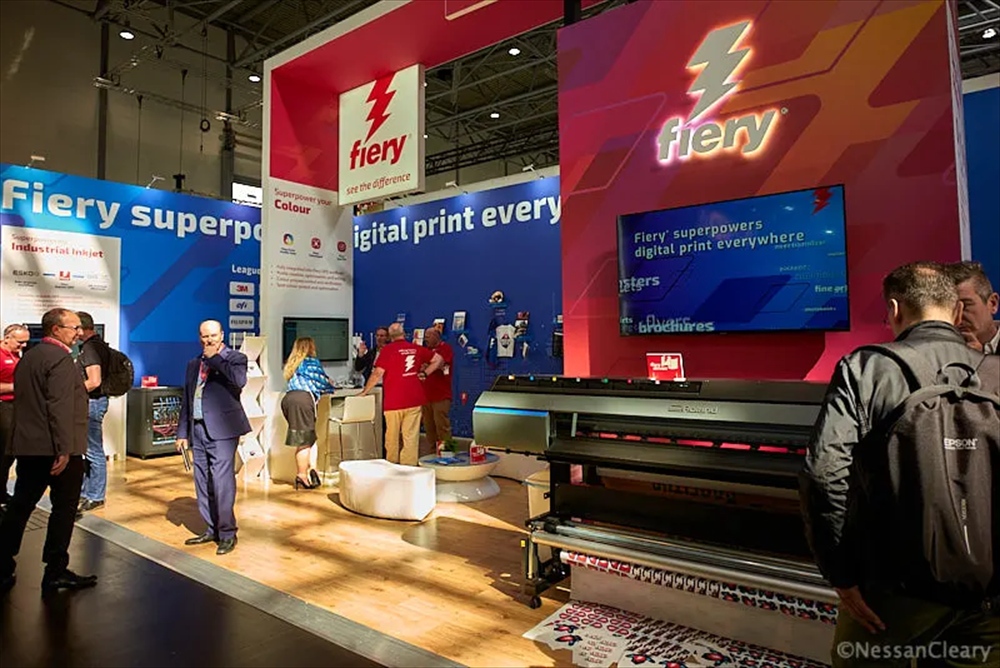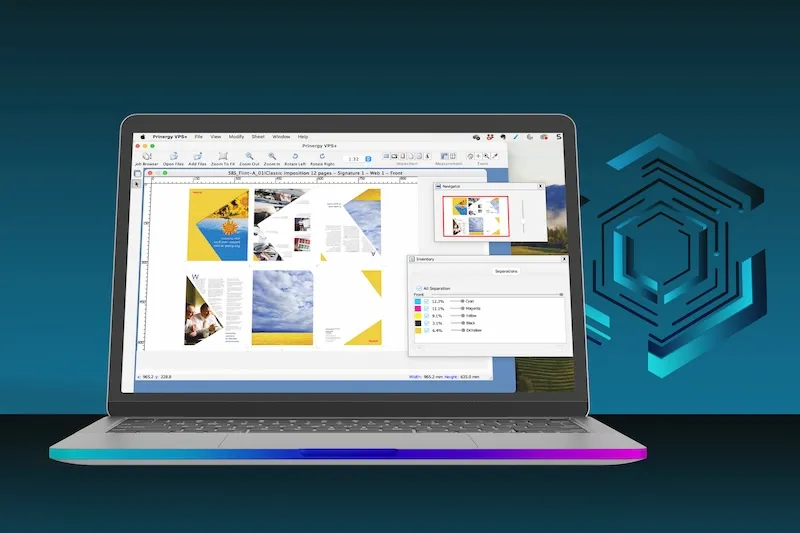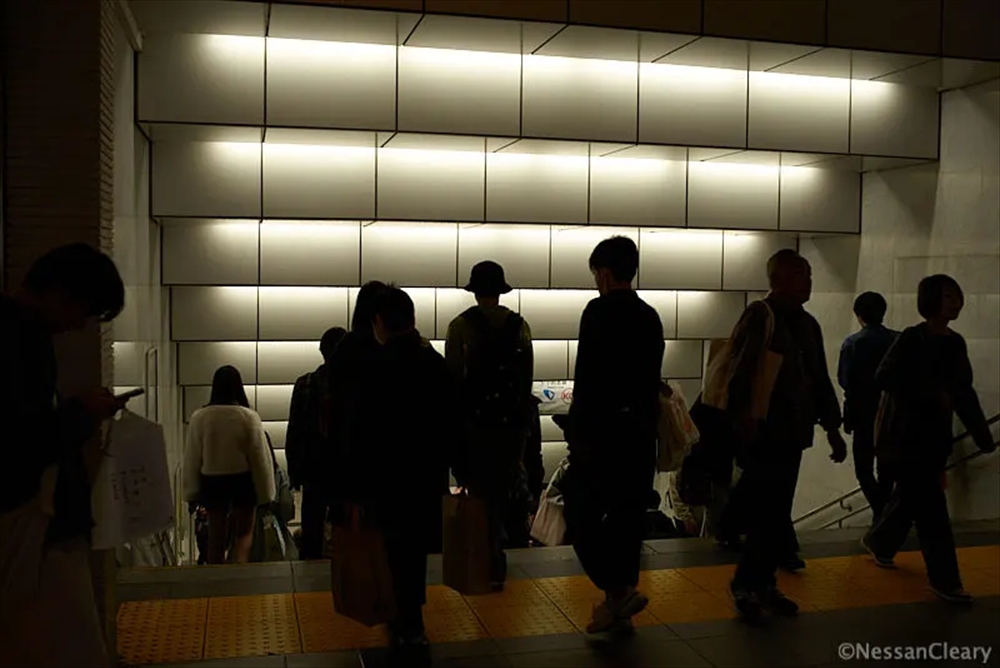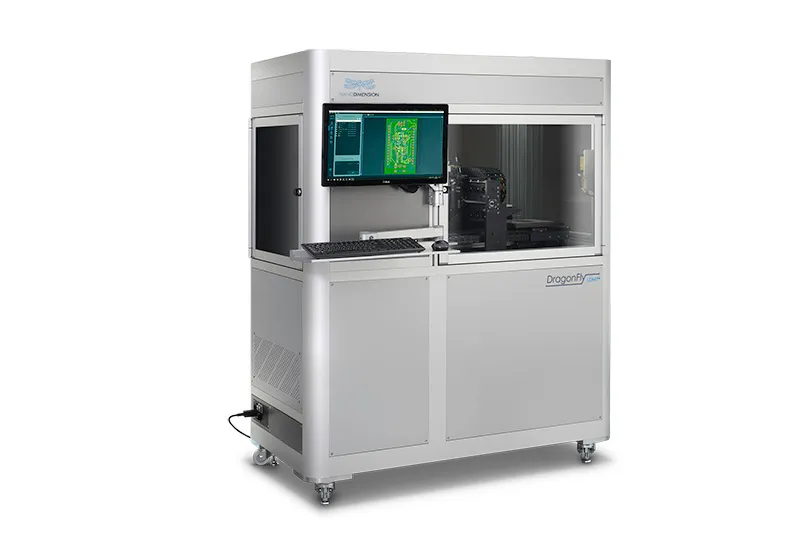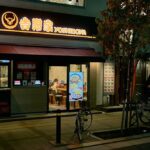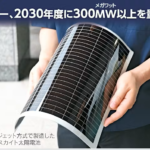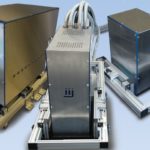- 2019-5-28
- Nessan Cleary 記事紹介
■ 大野註:この記事の最後(最初のイントロを伏線として)には、繊維産業が進むべき重要な示唆が含まれています。大野もこの後、フランクフルトで開催された TEXPROCESSという「繊維業界の川中」の展示会の視察メモを書きますが、まだまだメーカーサイドがドライビングフォース(プロダクトアウト的)とはいえ、その方向が明確な輪郭を伴ってきたように感じています。
先週、ミュンヘンで開催された FESPAで私が最後にしたことは、主催者の記者会見に出席したことでした。そこで FESPAのグループ展覧会マネージャー Michael Ryan氏は、来年のスペインのマドリードでの FESPAで新しいイベント Sportswear Proを行うという発表をしました。
From A to B and back again
The very last thing that I did at last week’s Fespa Munich show was to go to the organiser’s press conference, where Michael Ryan, group exhibition manager for Fespa, announced a brand new event, Sportswear Pro, for next year’s Fespa show in Madrid, Spain.

Visitors waiting to enter the Fespa 2019 show at the start of the first day.
これは、大判プリンターの技術が成熟し、他の産業分野に細分化され始めているという私の見解を裏付けるものと思います。テキスタイルは明らかに最大の産業部門なので、Fespaがこの市場を追いかけるのは理にかなっていますが、同じ原理は産業用プリントを扱う InPrintのような他のショーの裏にもあります。その結果、今年の Fespaは、主にインテリア装飾と衣服を対象とした、大判ディスプレイグラフィックとテキスタイル印刷の奇妙な組み合わせで、僅かな量のソフトサイネージがありました。私は正直に言うと、私は主に工業用印刷に専念した経歴から、ファッションについて書くためにそれほど多くの時間を費やすなんていことが起こるとは予想もしていませんでした。また、多くのベンダーがこれら 2つの側面に対処するのに苦労していることも明らかですが、それらの一部、特に Canonや Fujifilmが取り残されているとも感じています。
This neatly reinforces my general view that large format technology has matured and is now starting to fragment into other industrial areas. Textiles is clearly the largest industrial sector and so it makes sense for Fespa to chase after this market, but the same principle is behind other shows, such as InPrint, which also deals with industrial printing. The result is that this year’s Fespa was a strange mix of large format display graphics and textile printing, mostly aimed at interior décor and garments, with a limited amount of soft signage. I can honestly say that I never expected to spend so much time writing about fashion from a career devoted mainly to industrial printing. It’s also clear that many vendors are also struggling to deal with both these aspects, but it also feels that some of them, notably Canon and Fujifilm, are being left behind.
初日火曜日の朝の出だしはスローでしたが、ショー自体は忙しく感じました。そして、それは人々がミュンヘンに大挙して押しかけるので、ある程度予想されたことです。それは確かに最後の 2つの Fespaよりも一貫性があり、すべてのベンダーがそれぞれ 1つのスタンドに固執しているため、それらのベンダーを見つけるのがはるかに簡単になりました。ヨーロッパをもっと見たいという理由だけではなく、私は Fespaが毎年異なる会場を利用するというアプローチが好きだです。しかし、各地の会場の中には間違いなく他の会場よりも優れているものもあり、ミュンヘンメッセは Fespaのサイズのショーに非常に適しています。私の唯一の不満は、ショーでやるべきことがそんなにたくさんあることがわかり、私がミュンヘンを観光する時間がなかったということです(笑)幸い、Fespaは 2021年にミュンヘンに戻る予定です。
The show itself felt busy, despite a slow start on Tuesday morning, which is to be expected as people travel in to Munich. It certainly felt more coherent than the last couple of Fespas, with all the vendors sticking to just one stand each, which made it a lot easier to find those vendors. I have to say that I like Fespa’s approach in using different venues from year to year, if only because I’m getting to see more of Europe. But some of the venues are definitely better than others, and the Munich Messe is a very good fit for a show the size of Fespa. My only complaint is that there turned out to be so much to do at the show that I didn’t have time to see much of Munich itself. Fortunately, Fespa will be returning to Munich in 2021.
今年のショーでは、新製品でさえ既存のアイデアを繰り返しただけのものであるという強い印象を受けました。これはおそらくワイドフォーマットのような成熟した市場では予想されたことでしょう。おそらく発表された唯一の真の新製品は、SwissQprintの Karibuであり、これは同社にとって最初のロールツーロールプリンタです。しかし、これは主に、ロールツーロール搬送システムを備えたフラットベッドイメージングシステムの再パッケージ化です。それでも、堅牢な外観のマシンで、大勢の人が集まり、SwissQのフラットベッドと同じくらい人気があることは間違いありません。
As for this year’s show, I had the very strong impression that even the new products were just iterations of existing ideas, which is perhaps to be expected in a mature market like large format. Perhaps the only genuinely new product announced was SwissQprint’s Karibu, which is the company’s first roll to roll printer. But this is largely a repackaging of its flatbed imaging system with a roll to roll transport system. Still, it’s a solid looking machine, drew large crowds, and will undoubtedly prove to be as popular as SwissQ’s flatbeds.
Durstは、P5 210と P5 350の 2つの新しいマシンで P5ポートフォリオを拡大しました。どちらも LED硬化を使用しています。それらについては、ここに書いてあります。Durst UKと Irelandのマネージングディレクターである Peter Brayは、同時に 6枚の異なるボードを印刷することが P5 350に大きな関心を引いたと言います。そしてまた、Durstスタンドはいつもかなり忙しいようでした。
Durst has broadened out its P5 portfolio with two new machines, the P5 210 and P5 350, both using LED curing, and which I’ve covered here. Peter Bray, managing director of Durst UK and Ireland, says that the ability to print six different boards at the same time has drawn a lot of interest for the P5 350, and again, the Durst stand did always seem to be fairly busy.
Roland DGのヨーロッパでの事業は驚くほど創造的で、ここで取り上げているテキスタイルや装飾印刷など、特定の市場をターゲットとした新しいソリューションを作成するために、Rolandのワイドフォーマットプリンタを数多く採用しました。記事はここにあります。Roland Europeを運営している人は誰でも、Roland UKとの定期的な連絡が示すよりもはるかに良い仕事をしています。ローランドはまた、今年初めに発表された TrueVis VG2のデモも行いました。これについてはここで説明しています。
Roland DG’s European operation is surprisingly creative, having adapted a number of Roland’s wide format printers to create new solutions targeting specific markets, including textiles and décor printing, which I’ve covered here. Whoever is running Roland Europe is doing a far better job than regular contact with Roland UK would suggest. Roland also demonstrated the TrueVis VG2, announced earlier this year, and which I’ve covered here.
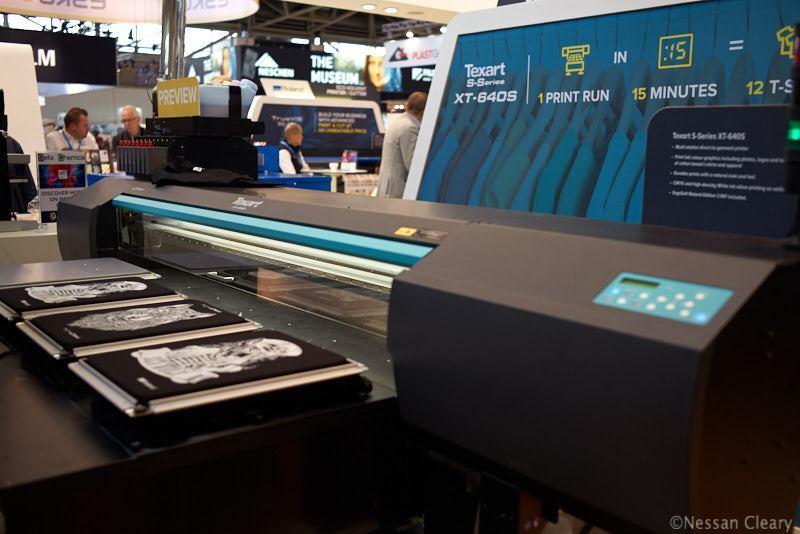
Roland has developed this Texart XT 640S, which uses pigmented inks to print directly cotton, taking up to 12 jigs at a time.
EFIは、奇妙にも、昨年の Fespaで発表した Vutek H5を見せたましたが、昨年末に米国市場に投入したPro 32Rは見せませんでした。これは、Matanテクノロジに基づいており、CMYKとオプションの白色を備えたプリンタをロールする3.2m幅のLED UVロールです。EFIは新しいフラットベッド Pro30fを見せました。これは既存の Pro 24fの単なる大型版です。
EFI strangely opted to show the Vutek H5 that it announced at last year’s Fespa, and not the Pro 32R that it launched into the US market at the end of last year. This is based on Matan technology and is a 3.2m wide LED UV roll to roll printer with CMYK plus optional white. EFI did show a new flatbed, the Pro30f, which is just a larger version of the existing Pro 24f.
キャノンはロール機の新製品 Colorado 1650を導入しました。そして、それは主に既存の 1640のある問題、すなわちインテリア装飾市場に欠かせないつや消し仕上げを作り出すことができないことに対処したようです。
Canon introduced a new roll to roll Colorado 1650, which mainly seems to have addressed some issues with the existing 1640, namely the inability to produce a matte finish, which is essential to the interior décor market.
エプソンは Precision Coreプリントヘッドの販売を制限する戦略を再考しました。エプソンは以前、ローランド、ミマキ、ムトーなどにプリントヘッドを販売する非常に健全な事業を営んでいましたが、数年前に最新のヘッドテクノロジを自社のプリンタ用だけに限定するすることを決定しました。これらの会社のほとんどがまた Epsonインクを使用していたことを考えると、これは常に奇妙な考えのように見えました、そして、Epsonがその新しいヘッドを使ってもらう為に他のベンダーを探しているということは、これは(Epsonが最新のヘッドを自社限定とする作戦は)明らかにうまくいかなかったということでしょう。ベンダの中には、Epsonからシフトして現在使用しているプリントヘッドに満足していることを私に打ち明けたところもあります。特に、ヘッドを Epsonから変更によって他のインク開発会社とワークできるようになったためです。
Epson has rethought its strategy restricting sales of its PrecisionCore printhead. Epson previously had quite a healthy business selling printheads to the likes of Roland, Mimaki and Mutoh but decided a couple of years ago to keep its latest head technology for its own printers. This always seemed like a strange idea given that most of these companies were also using Epson ink, and this has clearly not worked as Epson is now looking for other vendors to take on its heads. Some of the other vendors suggested to me that they had moved on and were happy with the printheads they were currently using, not least because the change freed them up to work with other ink developers.

Backlit sign, with frame printed on a Massivit 3D printer.
Massivitは最新の 3Dプリンター 1800 proを披露しました。これは基本的に既存の 1800のバージョンですが、可変解像度の押出機を装備しています。古いモデルは新しいスペックにアップグレードすることができます。Massivitがブースで示したいくつかのアプリケーションにも非常に感銘を受けました。これには、熱成形に使用できる印刷型が含まれていました。しかし最も有用なアイデアは、バックライト付きディスプレイ用のフレームを印刷することでした。3Dプリンタを使用するということは、創造的な工夫を加えることで、好きな形にすることができるということです。フレームは軽量で簡単に取り付けることができます。
Massivit showed off its latest 3D printer, the 1800 pro, which is essentially a version of the existing 1800 but fitted with a variable resolution extruder. The older models can be upgraded to the new spec. I was also quite impressed with some of the applications that Massivit showed on its stand. This included printing moulds that could be used for thermoforming. But the most useful idea was to print frames for backlit displays. Using a 3D printer means that you can have any shape that you like, adding an extra creative twist. The frames appear to be lightweight and easily installed.
テキスタイルサイドでの最大の話は、HPが染料の昇華へとジャンプしたことです。これは、S300と S500の最初の発表と発売、および S1000の発売に伴うより深い分析に関する 2つの話ですでに説明しました。Fespaからの主な問題は、より速いスピードでの印刷品質は私が予想していたよりはるかに良いこと、そして HPがやることを拒否して価格を明らかにするという以前の約束に戻ったことを考えると、ランニングコストはかなり高くなるだろう記者会見で尋ねられたとき。
The biggest story on the textiles side was HP’s leap into dye sublimation, which I’ve already covered in two stories, on the initial announcementand launch of the S300 and S500, and a deeper analysiswith the launch of the S1000. The main takeaways from Fespa were that the print quality at the faster speeds is much better than I had expected, and that the running costs are likely to be quite high, given that HP went back on its earlier promise to reveal prices by refusing to do so when asked at the press conference.
Kornitはまた、印刷前に布地に定着剤を吹き付け、印刷後にエンハンサーをスプレーする新しい PolyProプロセスを披露しました。そのため、前処理や後処理なしで布地に直接印刷できます。私は今週中にもっと詳細にこれをカバーするつもりです。しかしそれは周りの人々があまりにも多すぎてちゃんと見ることが困難であったのでそれは明らかに見学者の琴線に触れたものと思われます。
Kornit also showed off its new PolyPro process, which sprays a fixer onto the fabric before printing, and then an enhancer after printing so that you can print direct to the fabric without any pre or post-treatment. I’ll cover this in more detail later this week, but it obviously struck a chord with visitors as it was hard to get a proper look at the printer because of the sheer number of people around it.
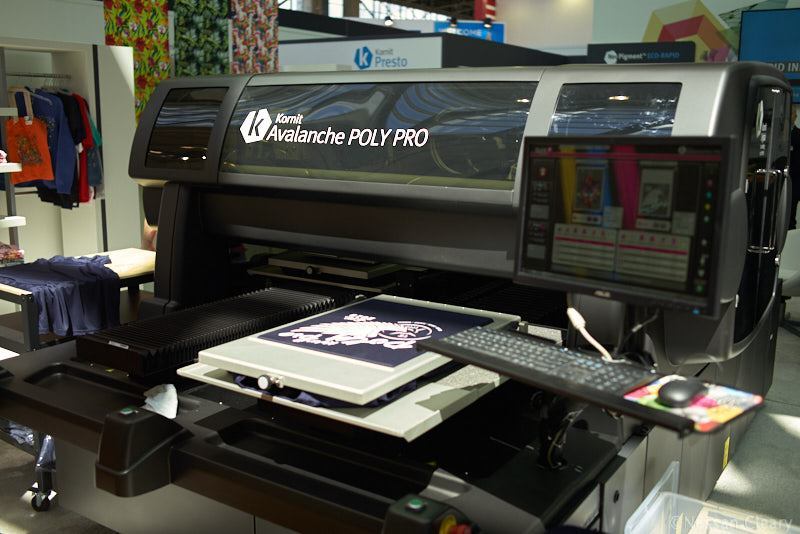
Kornit’s Avalanche PolyPro avoids pre-and post-treatment.
この話は Fespaの人々がまったく新しいイベントとして考える Fespaの新しい Sportswear Proで私がこの記事始めたところに私たちを連れ戻しますが、ほとんどの訪問者は来年のマドリードショーでちょうどホール 3の半分を占めているだけと考えるでしょう。名前が示すように、これはスポーツウェア製造業者とデザイナー、eコマースプロバイダーを含む衣服の生産者だけでなく、印刷、裁断、縫製機器を使うものを対象としています。Ryan氏は次のように述べています。「この拡張は Fspaを補完します。HPや Kornitなどの企業はプリントと並んでアパレル産業にフォーカスしています。」しかし彼はまた、Pumaのようなスポーツウェア企業が Fespaにやってくるとも述べています。
This brings us back to where I started, with Fespa’s new Sportswear Pro, which the Fespa people think of as a whole new event, but most visitors will just regard as being one half of Hall 3 at next year’s Madrid show. As the name suggests, this is aimed at Sportswear manufacturers and producers of garments, including designers and e-commerce providers as well as those using printing, cutting and sewing equipment. Ryan says: “This expansion complements Fespa. Everybody is focusing on the apparel industry alongside printing, companies like HP, Kornit and so on.” But he also says that Sportswear companies like Puma are coming to Fespa.
彼は続けています。「スポーツウェアは機能のためのファッションです。 すべての衣服には目的があるので、パフォーマンス素材から持続可能な素材へのトレンドを見ています。」彼は、彼は、より多くの企業が彼らの主な市場により近いところで生産しようとしているので、衣料生産はヨーロッパの中で成長していると指摘します。「彼らはすぐに顧客に製品を届ける必要があります。 彼らの挑戦は大量のカスタマイズであり、その技術は現在業界に存在するからです。 需要を満たすためには、現地生産が必要です。彼は、次のように述べています。「裁断や縫製などの自動化が不可欠です。 また、スポーツウェア業界には持続可能性と透明性も不可欠です。」彼は南ヨーロッパと北アフリカの両方がこれから利益を得るであろうと述べ、来年マドリードショーをこれを始めるための完全な場所にしますとして話を締めました。
He continues: “Sportswear is fashion for function. Every garment has a purpose so we are looking at trends from performance materials to sustainable materials.” He points out that garment production is growing within Europe as more companies look to produce closer to their main markets, saying: “They need to get product to customers quickly. Their challenge is mass customisation because the technology is there right now in the industry. Localised manufacture is needed to meet the demand.” He adds: “Automation including cutting and sewing is essential. And also sustainability and transparency is essential to the Sportswear industry.” He finished by saying that both Southern Europe and Northern Africa would benefit from this, making the Madrid show next year the perfect venue to launch this.
これは、来年 3月には Fespaの拡大バージョン、5月には Interpack、そして6月には Drupa 2020が続くことを意味します。おお、楽しいじゃないですか!(笑)
All this means that we now have an enlarged Fespa to look forward to in March next year, followed by Interpack in May and of course Drupa 2020 in June. Oh joy.
私は先週フェスパに行ったときからまだいくつかのストーリーを欠く予定ですが、今週中にそれらが発表する際にそれらの記事へのリンクでこのレポートを更新し続けるつもりです。
I’ve still got some stories to finish from my trip to Fespa last week so I’ll continue to update this report with links to those stories as they’re published throughout this week.




